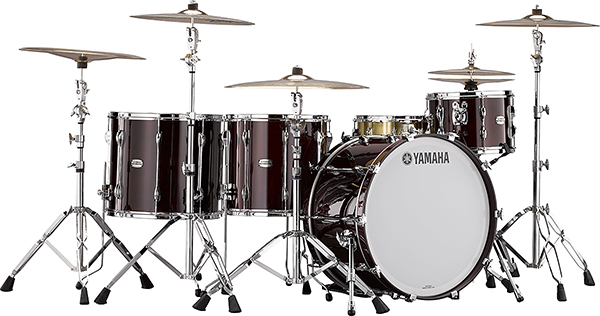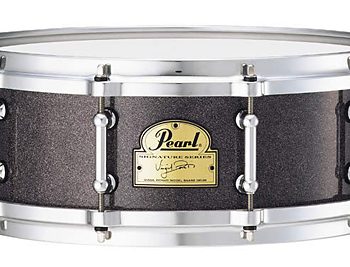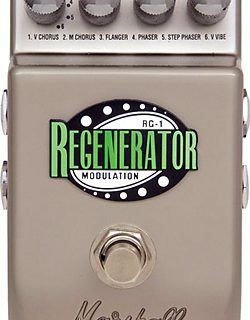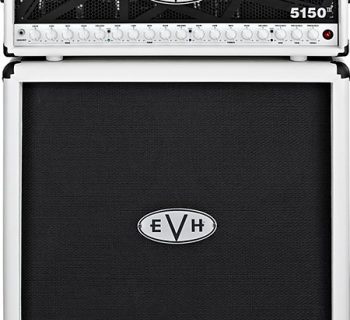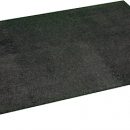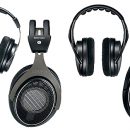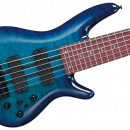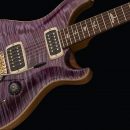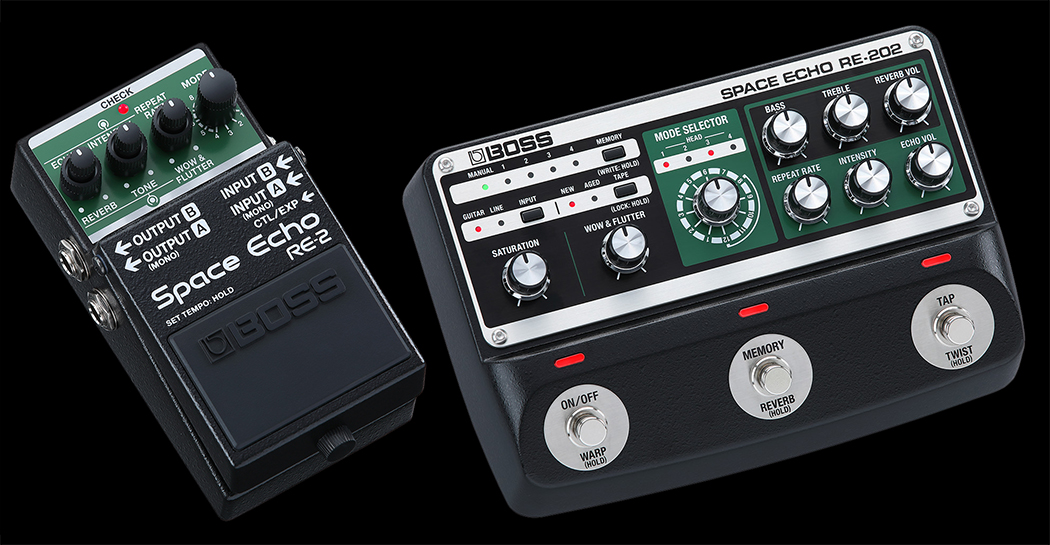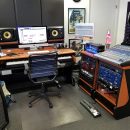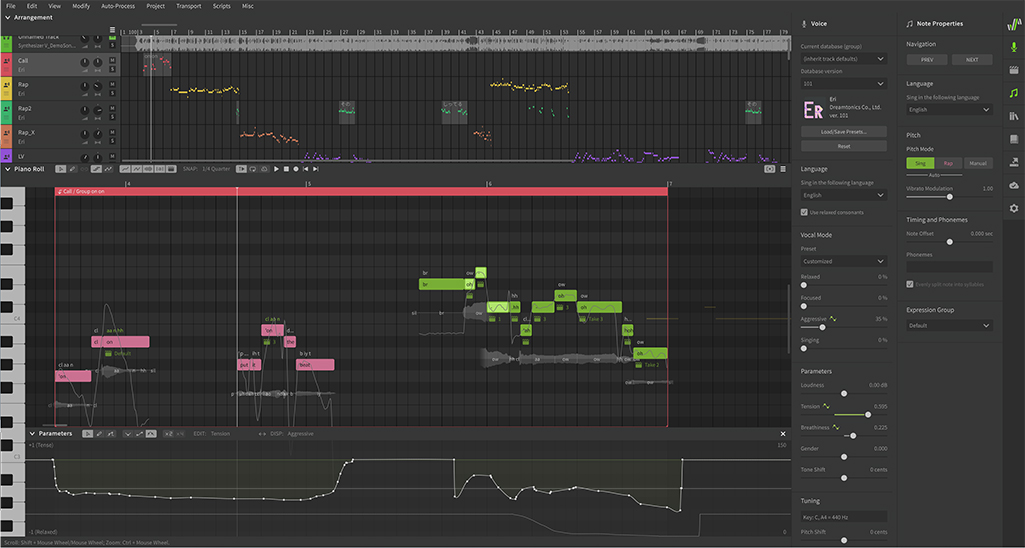Nearly fifty years since their initial release, the highly acclaimed Yamaha Recording Custom line of drums have been updated to a new level with the help of legendary drumming icon, Steve Gadd. Throughout the years, Gadd’s name became synonymous with the Recording Custom and its sound, heard on countless numbers of hit records to his credit. The Recording Customs became a studio favorite the world over and have subsequently been penned as THE recording drum.
As the name implies, the Recording Customs are designed with special attention to the needs of recording studios, engineers, and recording artists. However, that never stopped Gadd himself and other famous drummers from using these studio staples in their main live rigs, including Carter Beauford and David Garibaldi, among other notable artists. Yamaha attributes the Recording Custom’s special recording abilities to a combination of their uniquely designed shells, lugs, and mounting systems, all of which have recently been updated. Gadd worked directly with Yamaha over a three-year period to realize the new, modernized design.
Interestingly, the Recording Customs (and most of Yamaha’s other drums) are now manufactured in China, which may initially turn some people off. Not to worry, though; after thoroughly reviewing and working with these drums, we can safely say that the quality has not suffered one bit. In fact, the build quality appears to have actually improved somewhat when comparing them to an older set of Japan-made Recording Customs from the early ‘80s, which we happen to have spent a lot of time with.
It is obvious that Yamaha has stayed true to their commitment to quality, while making some improvements along the way. Their factory in Xiaoshan, China utilizes state-of-the-art tooling and computer-aided manufacturing processes, resulting in tighter tolerances in the products they build. After measuring a maximum variance in roundness within 1/16th of an inch for the bass drum, and less for the smaller drums, these manufacturing tolerances quickly became evident early in the review. According to Yamaha, hand craftsmanship and attention to detail remain intact, while utilizing advanced technology including a computer-controlled, bearing edge cutting machine and a newly implemented monitoring system that tracks the progress of each drum throughout the entire building process.
Even though it’s easy to assume that Yamaha’s move to China was just a manufacturing cost-savings measure, it was actually to provide more control over the manufacturing of their high-end drums in a state-of-the-art plant. You won’t find any corner cutting here, and the pricing reflects that. The Recording Customs have always come at a premium, but then, that never stopped a serious player from wanting them.
Review Kit Size and Other Available Size
We reviewed the Recording Custom four-piece shell pack containing the following sizes: 10 x 7.5” and 12 x 8” mounted toms, 16 x 15” floor tom, and 22 x 18” bass drum. The Recording Custom line of drums come in many different sizing options, all of which are listed on Yamaha’s website. The same tom sizes listed above happen to make up the RBP6F3 tom package, for example.
Features
New Features
The first change in the new Recording Custom design is found in the bass drum. According to Yamaha, this paved the way to settling on specific design goals; after which, everything began to fall into place relatively quickly. After going back and forth between Gadd and the design team, Gadd decided that going with a thinner, six-ply shell produced a fuller sound with more bottom end. Previous bass drum designs utilized seven- and eight-ply shells. The number of plies have not changed in the toms; they remain at six plies, now matching the bass drum at 6mm in width, respectively.
Yamaha continues to use 100% birch shells throughout the Recording Custom line. However, they no longer utilize the famed Hokkaido birch previously sourced from Japan due to its extremely limited availability; all shells are now manufactured from North American birch wood, which they found to exhibit the most similar sonic properties to the Japanese birch. Happily, we were not able to detect any significant change in the tone of the new Recording Custom series based solely on this alternate birch wood.

The next biggest change in the new Recording Customs are redesigned lugs, which have added mass compared to earlier designs (and they look more stylish, too). According to Yamaha, the new design minimizes unwanted resonance and noises, allowing the most desirable qualities of the drum to come through. The full-length lugs have a decidedly welcomed and modern shape to them, giving the drums greater appeal with an updated classy, high end, and expensive look overall.
Next, sharper thirty-degree bearing edges on all drums were favored over previous edges in order to provide more attack, crisper sound, and wider tuning ranges. Older Recording Customs were painted black on the insides of the shells. The inner shells are now hand painted a dark brown color, similar in appearance to the insides of Yamaha’s pianos. In person, the internal finish has the appearance of a stain, as the beauty of the wood grain comes through nicely.
Utilizing a proprietary, high-end process where a polyester undercoat and polyurethane topcoat are applied to the drum shell, Yamaha’s high standards of quality finishes and fine details in the Recording Customs have remained unchanged; the finish is beautiful, with a lot of depth and perfect consistency. No anomalies could be found anywhere. Our review kit came in the “Classic Walnut” finish, having a dark, deep red hue. Depending on the lighting, the finish may appear to highlight the reds more than the pictures shown on Yamaha’s website. Either way, this particular finish always looks very elegant.
Standard Features
Other features include Yamaha’s own Y.E.S.S. mounting system, 1.6mm steel, triple-flange hoops, open-type floor tom brackets, convertible-type bass drum legs, stylish and non-imposing badges, and a custom drum key. Finally, each drum has its own vent strategically placed out of view and relatively low on the shell.
Usability
Mounting Systems
One area of a drum kit’s design that greatly contributes to its usability in practice will be in its mounting system, and Yamaha’s aforementioned Y.E.S.S. system definitely does not disappoint. The old saying, “the simplest designs are the best designs” holds true here. The simplistic design of the Y.E.S.S. system allows for very quick, clutter-free, no-fuss tom positioning that absolutely stays put, while allowing the drums to resonate to their maximum potential. Completely absent of any bulky over-engineering, it’s an elegant design that does its job in spades, and looks good while doing it, too.
Unlike older Recording Custom designs where the mounts were directly attached to the drum shell using four bolts, the new design uses two bolts, which are now attached relatively high on the shell. These contact points were strategically placed in an effort to increase the shell’s overall resonant capability. Furthermore, the actual mounting bracket no longer comes into direct contact with the shell, providing even more acoustical benefits. Tip: You may find that experimenting with different tom mounting depths can change the drums' resonant capabilities.
The open-style floor tom brackets and wing bolts have a very solid feel to them, and perform their job equally well; they hold the floor tom legs securely positioned with little effort. In addition, their mass gave us a sense of security, knowing that the legs will stay put and won’t be going anywhere.
The bass drum legs also performed their job admirably, firmly holding the bass drum in place after a quick, no-fuss setup. Moving them to and from their stowed position was a straightforward process. Again, the design is simple, solid and heavy duty, but not to the point of becoming overly bulky. As expected, we could utilize either the rubber feet or internal spikes, which were adjusted using a standard drum key.
During the review period, all mounting systems proved to be very stable, allowing no play or change in positioning over extended time periods of performance.
Bass Drum T-Handles & Hoop Protector
Like the floor tom’s wing bolts, these have a solid, heavy-duty feel, and additionally, allow nice and smooth operation while tuning the batter and resonant heads. In the case of any bass drum equipped with T-handles, some users that prefer a uniform round look where the handles are positioned parallel to the hoop’s edge may feel the need to compromise by settling on form over function. That said, we felt that no compromises were made when positioning the T-handles in this manner with the Recording Customs. Finally, it should be mentioned that the bottom lugs are fitted with standard tension rods to ensure adequate clearance from the floor beneath the drum.
In order to protect the batter side hoop from pedal clamps, Yamaha has fitted a heavy duty rubber hoop protector to the bottom edge of the hoop.
Weight
Due to utilizing relatively simple flanged hoops and lean design approaches with the new Recording Customs, their weight is not overly heavy, but rather, quite manageable. We have definitely worked with much heavier drums and hardware, so owning a premium kit that is also light weight is a nice bonus.
Sound
Based on the Recording Custom’s heritage and its primary design goals, what better way to thoroughly review these drums other than “under the mic?” Let’s face it: How often have you heard a well-recorded and produced drum kit that sounds exactly like standing next to the same one being played in a room? To answer that question, the sound you hear in the room will not necessarily be a mirror image of its final sound on a recording, if ever. This raises a few questions: Do certain drum designs naturally sound better recorded regardless of how they sound in the room? Does a drum that records well not necessarily sound as great live? Are there attributes in certain drum designs that inherently have that already “finished,” “pre-EQed,” and/or “produced” sound right out of the box? Is there a common theme in modern drum recordings that intentionally have a larger-than-life sound? Our guess is that a large majority of experienced and veteran recording engineers would answer Yes to most, if not all, of the above questions.
Like Recording Customs of the past, our initial reaction upon playing these drums while listening live was that they did not accentuate any particular attribute commonly heard when describing other drums. In other words, they seem to have an even amount of everything, where nothing is pronounced more than the other. This equates to a very neutral sound, theoretically being able to cover many different playing styles, genres, recording techniques, and head configurations. They are open to anything you throw at them, so to speak. If, for example, you want the warmth of a two-ply head, or conversely, the brighter attack of a single-ply head, the Recording Custom’s inherent neutrality will allow both of these types of sounds to come through fully, as the drum has less of its own “sound” to get in the way.
Our favorite drums on our older Recording Custom kit were the mounted toms, which were obvious standouts. They have produced some of the best, most massive recorded tom sounds we’ve ever gotten from any drum kit. The new Recording Custom toms seem to follow that same trend, but now with a tad more liveliness. But, the most welcome surprise in the new design was with the bass drum; it now follows the same trend as the toms, having a beefier, bigger, weightier, more massive sound. Now, the toms and kick drum are more of a cohesive instrument as a whole, with a very consistent sound from top to bottom. We should note that these attributes were not nearly as evident until the drums were recorded and produced; and for some players, these drums may come off as “sleepers” to the naked ear. In our experience, it has always been that way with the Recording Customs. Used as the name implies, fame and fortune should follow.
Video courtesy of Yamaha Drums
Another welcome surprise was the wider tuning range, which we noticed as soon as we started tuning the drums. Having been used to our older Recording Customs, which had an additional eight-inch tom, we naturally tuned the ten-inch tom higher than normal on the new kit in order to achieve a wider range over all of the toms, with good success; the ten-inch tom didn’t choke under the stress, attaining good body, which was great. These wider tuning ranges make for more versatility in smaller kits, and according to Yamaha, this is due to the sharper bearing edges in the new design.
In true Recording Custom fashion, the new drums have the same dynamic capability as well, and do not give out when hit hard. They can go from relatively soft and delicate to loud and powerful. This dynamic capability is likely due, in large part, to the thickness of the shells, which are of medium thickness at 6mm. The medium thickness is likely a design decision that shares a good balance of both shell resonance capability and projection.
* If you’re thinking of using these drums as a live, un-miked kit, they still sound excellent, but given the sonic differences from their intended use as a studio (miked) kit, we would drop the Sound rating to 3.5 Stars.
Price
The Yamaha Recording Custom four-shell pack (MSRP $6,950) sells for approximately $3,700. Other configurations go up in price from here, depending on the number of drums and sizes chosen. These are premium drums, and they do command a premium price.
Amazingly, Yamaha has managed to take their own legendary design to new heights, even after moving shop to an entirely different country. Based on our experience with the new design so far, any hype that will likely surface over time inferring that the modern Recording Customs can’t compare to the old ones should be taken with a grain of salt. These are Yamaha Recording Customs, and you don’t have to track down older kits to reward your studio with these fantastic, classic, recording drums.
Contact Information
Yamaha Drums
usa.yamaha.com
Overall Rating - Product Summary

